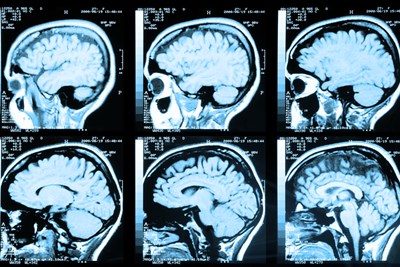Aneurysms develop as a result of a weakened blood vessel. This weak section can begin to collect blood and turn into a small bulge or balloon that can rupture without warning and cause life-threatening internal bleeding.
Aneurysms are very hard to diagnose pre-rupture, since they generally don’t present any symptoms. However, if you are diagnosed with an aneurysm, the treatment plan will vary depending on the type, location, and severity of the aneurysm. Here are the most common treatment options for treating aneurysms.
Surgery
For brain aneurysms, there are two common treatment options for one that has already ruptured. These include:
- Surgical clipping: This is a procedure that closes off an aneurysm either before or after it ruptures. A section of your skull is removed to access the aneurysm and a tiny metal clip is placed on the neck of the aneurysm to stop the blood from flowing to it.
- Endovascular coiling: This is a less invasive procedure that involves inserting a hollow plastic tube into an artery and threading it through your body to the aneurysm. Then, a wire coil is inserted into the aneurysm that disrupts the blood flow and causes the blood to clot which will seal off the aneurysm from the artery.
For abdominal aortic aneurysms that have grown large enough to need surgical attention, there are two types of surgery available. These include:
- Open-abdominal surgery: This involves removing the damaged section of the aorta and replacing it with a synthetic tube that is sewn into place. Since this requires open-abdominal surgery, it will usually take a month or more to fully recover.
- Endovascular surgery: This procedure is less invasive and involves attaching a synthetic graft to the end of a catheter and threading the device through an artery in your leg up into your aorta. The graft is placed at the site of the aneurysm and fastened into place in order to reinforce the weakened section of the aorta and prevent the aneurysm from rupturing.
Medications
Other types of treatments are usually used to relieve symptoms and manage any complications that can arise from the aneurysm. These include:
- Pain relievers: For brain aneurysms that cause headache pain, over-the-counter pain relievers such as acetaminophen or ibuprofen may be used.
- Calcium channel blockers: These medications work to prevent calcium from entering the cells of the blood vessel walls, which can lessen the complications that can arise from a ruptured aneurysm.
- Anti-seizure medications: Ruptured brain aneurysms may require medications to treat seizures.
Observation
Aneurysms that are small and slow-growing are usually not treated surgically but rather monitored to make sure they are not at risk for rupturing. This is because the risk of surgery for small aneurysms will generally outweigh the risk of the aneurysm rupturing.
If an aneurysm is medium-sized and more difficult to measure how fast it is growing, other factors will be taken into consideration when deciding if surgery is necessary. These include the size, location, and overall appearance of the aneurysm, your age and general health, your family history of ruptured aneurysms, and any other congenital conditions that can increase the risk of a ruptured aneurysm.



